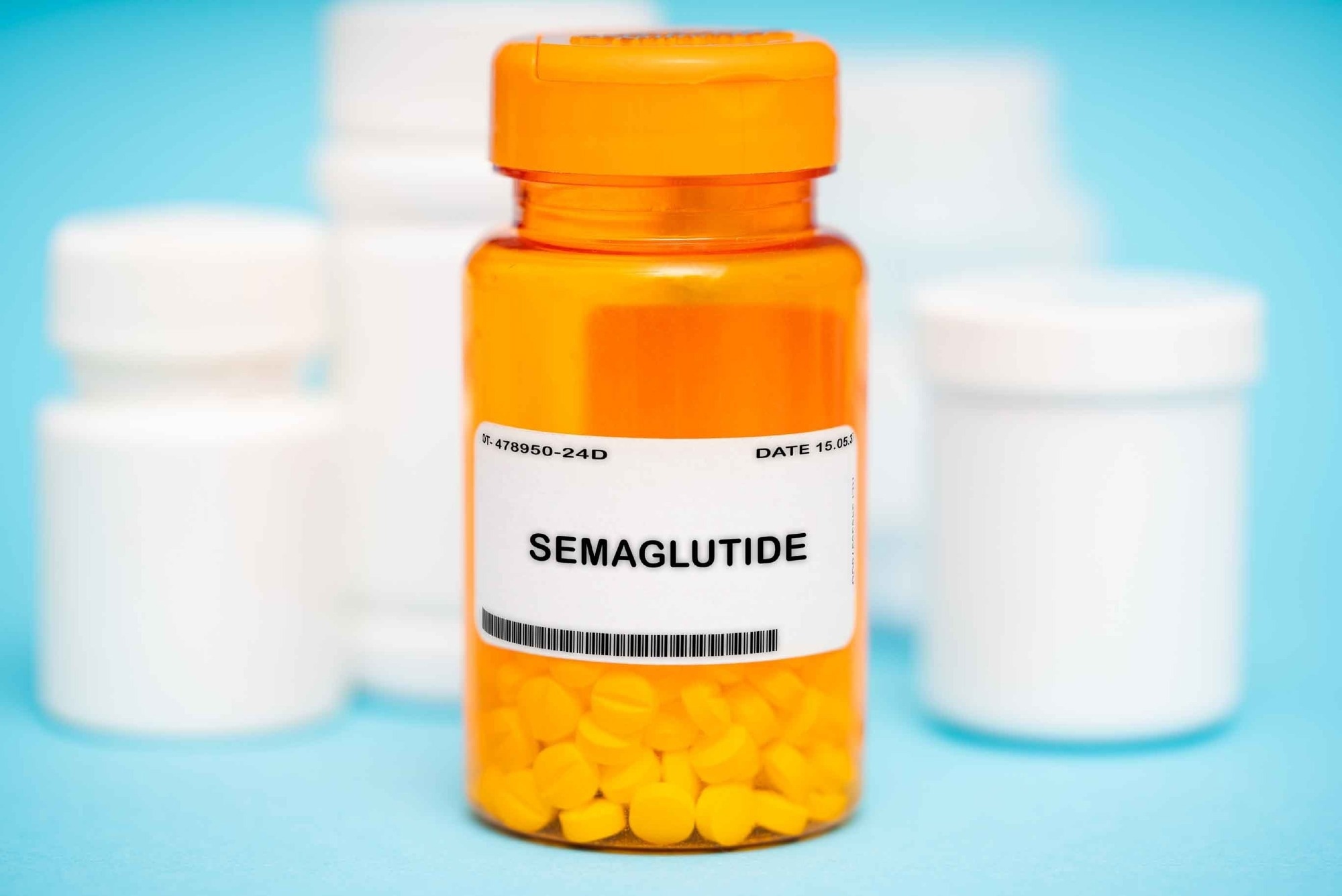Rehab involves a certain amount of therapy, with the goal of changing Drug Rehab seeking behavior, introducing new protective factors, and learning key behavior management skills. Therefore, different forms of aftercare give clients long-term assistance and behavior management possibilities as part of their ongoing treatment.
When this happens, treatment changes to assisting these persons in remaining drug rehab-free by completing the actions necessary to avoid relapse. However, the main purpose of drug addiction treatment is to assist an abuser in avoiding using their substance of choice.
Results of Drug Treatment Programs:
Although efficacy rates vary, research has indicated that substance abuse treatments programmed are successful and that restoration is a possibility. Treatment has been found to improve health and social functioning while also reducing drug use.
1. Personalized Treatment Outcomes:
They can vary greatly depending on several factors, such as the person’s particular issues, the suitability of the examination and care they are going to receive, and the performance of interaction between a person and their care workers.
2. Treatment Reduces DUI Arrests and Domestic Violence Significantly:

Drug addiction return is common, irrespective of treatment approach, with studies suggesting that 85 percent upwards of people relapse less than a year after finishing therapy. People are being treated for hypertensive and asthmatic; for example, the experience fell off the wagon 50 percent to 70 percent of the time. 6 While this may appear to be a low response rate, this is in line with some other chronic condition treatments
For each and every dollar spent on treatment programs, $4 in medical and $7 in criminal law costs are saved.
3. Determining the Effect of Drug Treatment:
Efficient drug treatment, according to the National Institute on Drug Abuse (NIDA), however, must do more than just prevent people from taking drugs and help them stay drug-free. Therefore, it must also meet three more objectives; with medication, the individual should be able to:
4. Take an Active Role in Community:
As a result, absence is not the only aspect to examine when assessing the performance of treatment programs. However, if the people are able to reduce their drug rehab use, even if they are not totally celibate, this type of recovery may occur. We must consider their standard of living. It’s also important to assess the person’s increased capacity to operate at home, at work, and in society.
Final Verdict:
This shows that drug treatment programs are as successful as, if not more efficient than, most of these health-related programs used to help people manage various health issues.


:max_bytes(150000):strip_icc()/labgrownlede-2b7540f7f7404558a08f1a555862f3d3.jpg)










